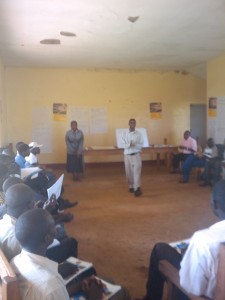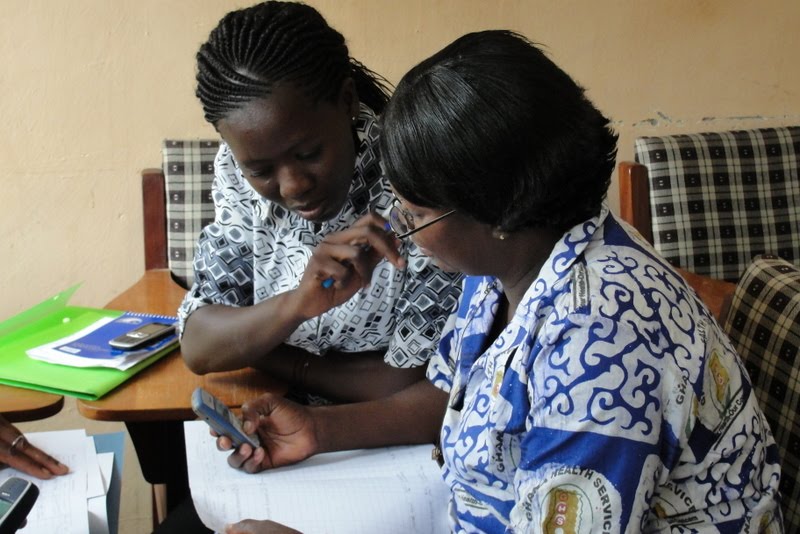Elizabeth Berthe is the Director of Mobile Financial Services at Grameen Foundation
Grameen Foundation’s Mobile Financial Services team is working in several regions around the world to help make mobile financial services simple, affordable and accessible to the poor. We are working to innovate on three fronts:
- Overcome technology barriers to facilitate integration of mobile solutions for microfinance institutions
- Research to inform and influence the development of financially inclusive products as well dissemination of best practices
- Implementation projects focusing on processes, evolving business models and relevant products.
Around 2.5 billion adults around the world do not have access to formal or semi-formal financial services – nearly 90 per cent of whom live in Africa, Latin America, Asia and the Middle East yet more than half the world’s population have access to a mobile phone and nearly a quarter use the internet as developing countries rapidly adopt new communications technologies. Access to financial services provides poor people with much greater resilience to economic shocks and increased capacity to increase or stabilize their income. Mobile phones can play a vital role in financial inclusion.
Through our work with Village Phone we discovered early on that many users sent pre-paid airtime as a form of money transfer saving the fees to travel to transport funds. Airtime would be purchased then sent to a broker for example who in turn would resell the airtime for cash and pay for goods or services such as school fees and this transfer would take place via text messaging.
In 2007, Safaricom, Kenya’s leading mobile network provider, formalized this process with the creation of M-PESA. This service allows users to deposit funds into a virtual account store on the mobile phone, send funds via text message for a fee to transfer or receive money, pay bills or purchase airtime. Cash can be withdrawn from the system for a feeat an agent location, this agent acts as a “human ATM”. M-PESA is recognized as the most successful mobile phone‐based financial service in the developing world with more than 20% of the annual GDP of the country flowing though the system annually.
(Jack/Suri 2010) revealed that between 2007 and 2009 the percent of M-PESA users who were unbanked doubled (25 to 50 percent) and the number living in rural areas also increased (29 to 41 percent). M-PESA users are not just using the service to send and receive money – 81 percent of customers now use M-PESA for savings, for example. Most importantly, 91 percent of people said their lives would be impacted negatively if they no longer had access to M-PESA.
Grameen Foundation’s team in Kenya is focused on learning and disseminating information to enable mobile financial services programs elsewhere to accelerate as well as working directly with the microfinance sector to adopt mobile financial services so that they can continue to increase and deepen their outreach to the poor.
Due to this vibrant space, we would like to share learnings from our work and happenings in this fast changing but ever exciting arena.



